Hello,
How Can We Help You?
Contact us on Whatsapp.
Scan it with your camera app or click the QR code to start a conversation.

Dermal fillers are substances that are injected into the skin to add volume, fill in wrinkles and lines, and enhance facial contours. They are typically made from synthetic or natural materials such as hyaluronic acid, calcium hydroxylapatite or Polycaprolactone. Most commonly used dermal fillers are hyaluronic acid (HA) based fillers and Polycaprolactone (PCL) based fillers. Hyaluronic acid-based fillers are soft tissue fillers commonly used in cosmetic procedures to reduce the appearance of wrinkles, scars, and lines on the face. Hyaluronic acid is a natural substance found in the skin that helps maintain hydration and volume. These fillers are injected into the skin to add volume, smooth out wrinkles, and contour facial features. They are popular because they are safe, temporary, and provide natural-looking results. Polycaprolactone-based fillers, also known as PCL fillers, are a type of dermal filler that is used to treat wrinkles, lines, and contour irregularities on the face.
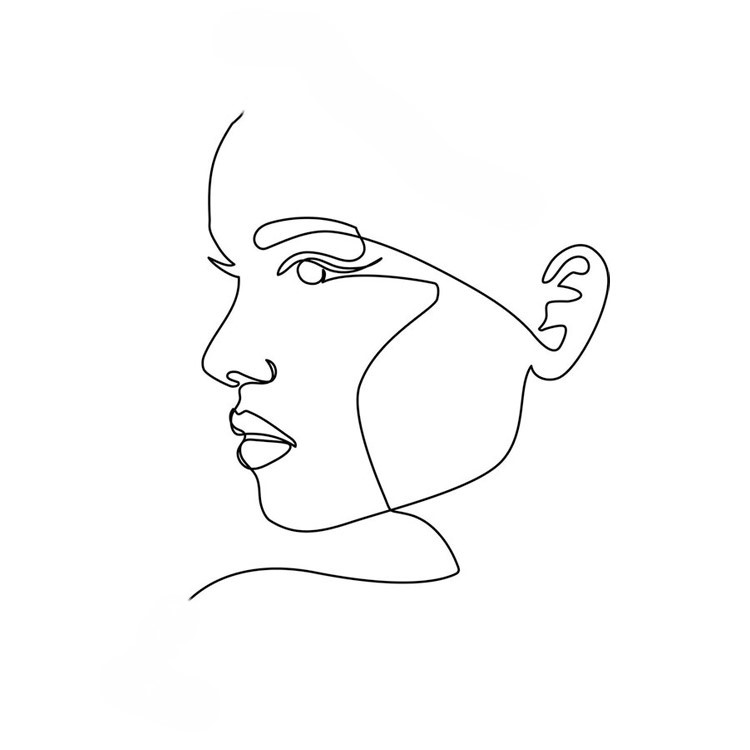
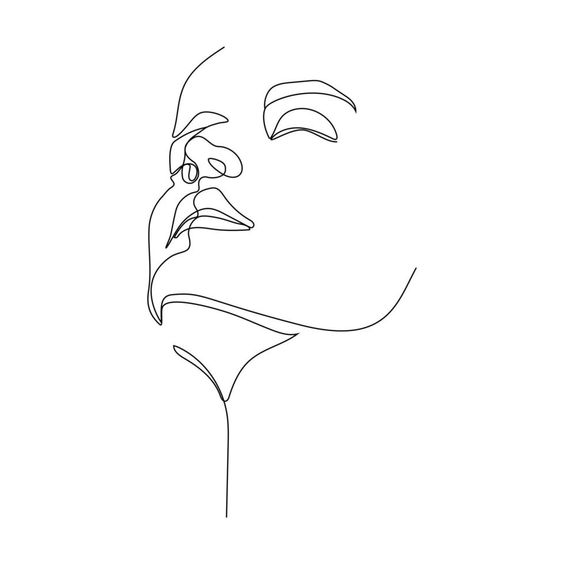
Polycaprolactone is a biodegradable synthetic polymer that is widely used in the medical field for various applications. When used in fillers, PCL works by stimulating collagen production and providing structure and support to the skin. These fillers are considered semi-permanent, as they can last longer compared to other types of fillers but will eventually break down and be absorbed by the body over time. Dermal fillers are commonly used to restore lost volume, reduce the appearance of wrinkles, fine lines, and sagging skin, as well as to enhance facial contours and add volume to lips and cheeks. The results are typically temporary, and the treatments may need to be repeated periodically to maintain the desired effect. They are often used for non-surgical facial rejuvenation and can provide instant results with little to no downtime. It's important to consult with a qualified healthcare professional before considering dermal fillers to ensure they are the right option for you.
Lip fillers, also known as lip augmentation or lip injections, are a specific type of dermal filler used to enhance the appearance of the lips. This procedure involves injecting hyaluronic acid, into the lips to add volume, shape, and definition. Lip fillers can help to plump up thin lips, create a more balanced lip shape, and smooth out vertical lip lines. The results of lip fillers are typically immediate, with the full effect visible after any swelling subsides. The duration of the results can vary depending on the type of filler used and individual factors. The effects of fillers can last anywhere from six months to two years, depending on the individual and the type of filler used. Touch-up treatments may be required to maintain the results over time.

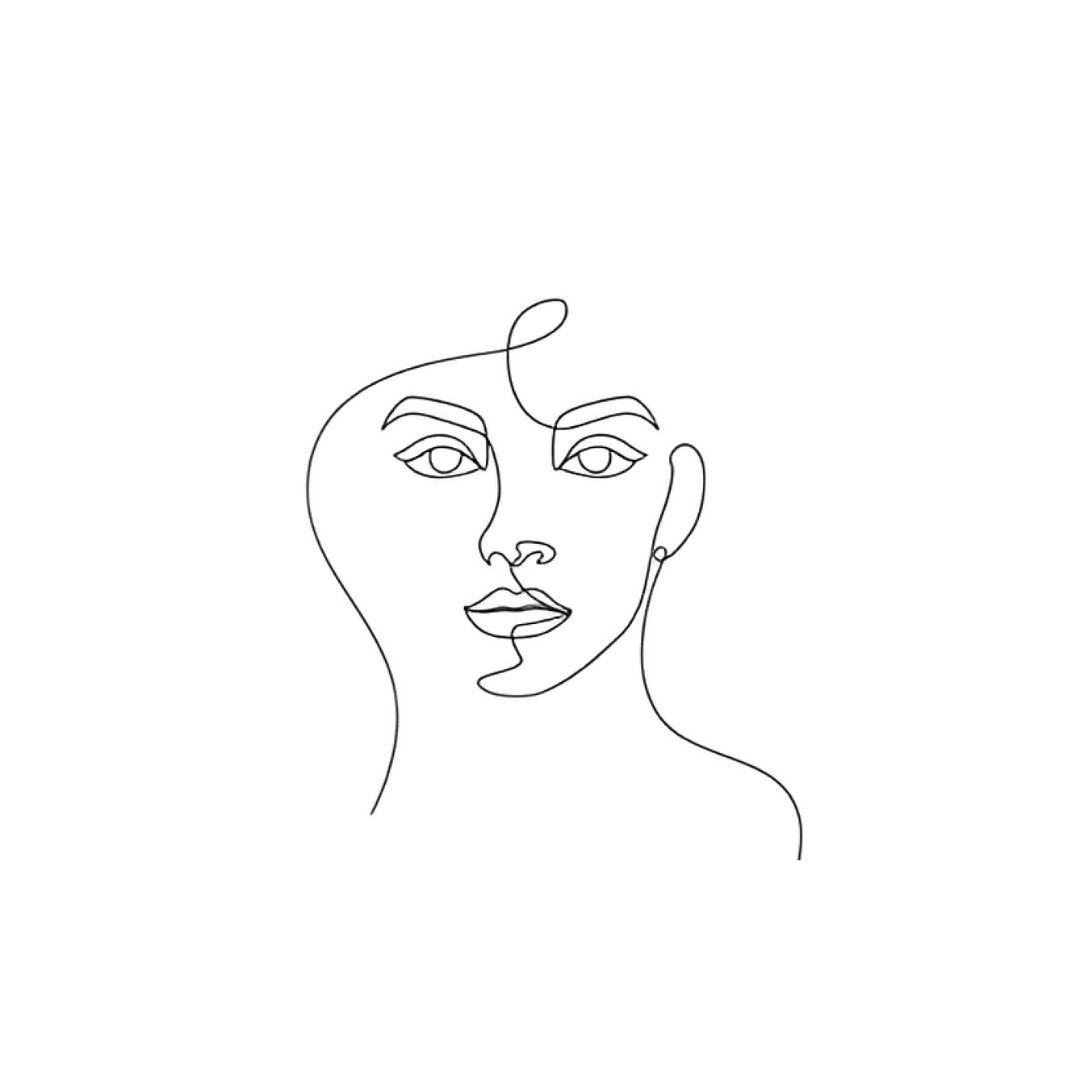
Cheek fillers, also known as cheek augmentation or cheek injections, are a type of dermal filler procedure used to add volume and definition to the cheeks. This treatment involves injecting a filler substance, typically hyaluronic acid, into specific areas of the cheeks to enhance their shape and contour. Cheek fillers can effectively restore lost volume and improve the appearance of sunken or flat cheeks, creating a more youthful and lifted appearance. By adding volume to the cheeks, cheek fillers can also help to reduce the appearance of wrinkles and facial lines. The results of cheek fillers are typically immediate, with the full effect becoming more apparent as any swelling goes down. The duration of the results can vary depending on the type of filler used and individual factors. The effects of fillers can last anywhere from six months to two years, depending on the individual and the type of filler used. Touch-up treatments may be required to maintain the results over time.
Jawline fillers, also known as jawline contouring, are a type of dermal filler treatment used to enhance and define the jawline. This procedure involves injecting a hyaluronic acid-based filler into specific areas along the jawline to create a more defined and sculpted look. Jawline fillers can be used to address a variety of concerns, such as a weak or recessed jawline, asymmetry, or loss of volume due to aging. The filler adds volume and structure to the jawline, creating a more balanced and defined appearance. The results of jawline fillers are typically immediate, although some swelling and initial shaping may occur immediately after the procedure. The full effect of the treatment can be seen once any swelling subsides, usually within a week or two. The effects of fillers can last anywhere from six months to two years, depending on the individual and the type of filler used. Touch-up treatments may be required to maintain the results over time.
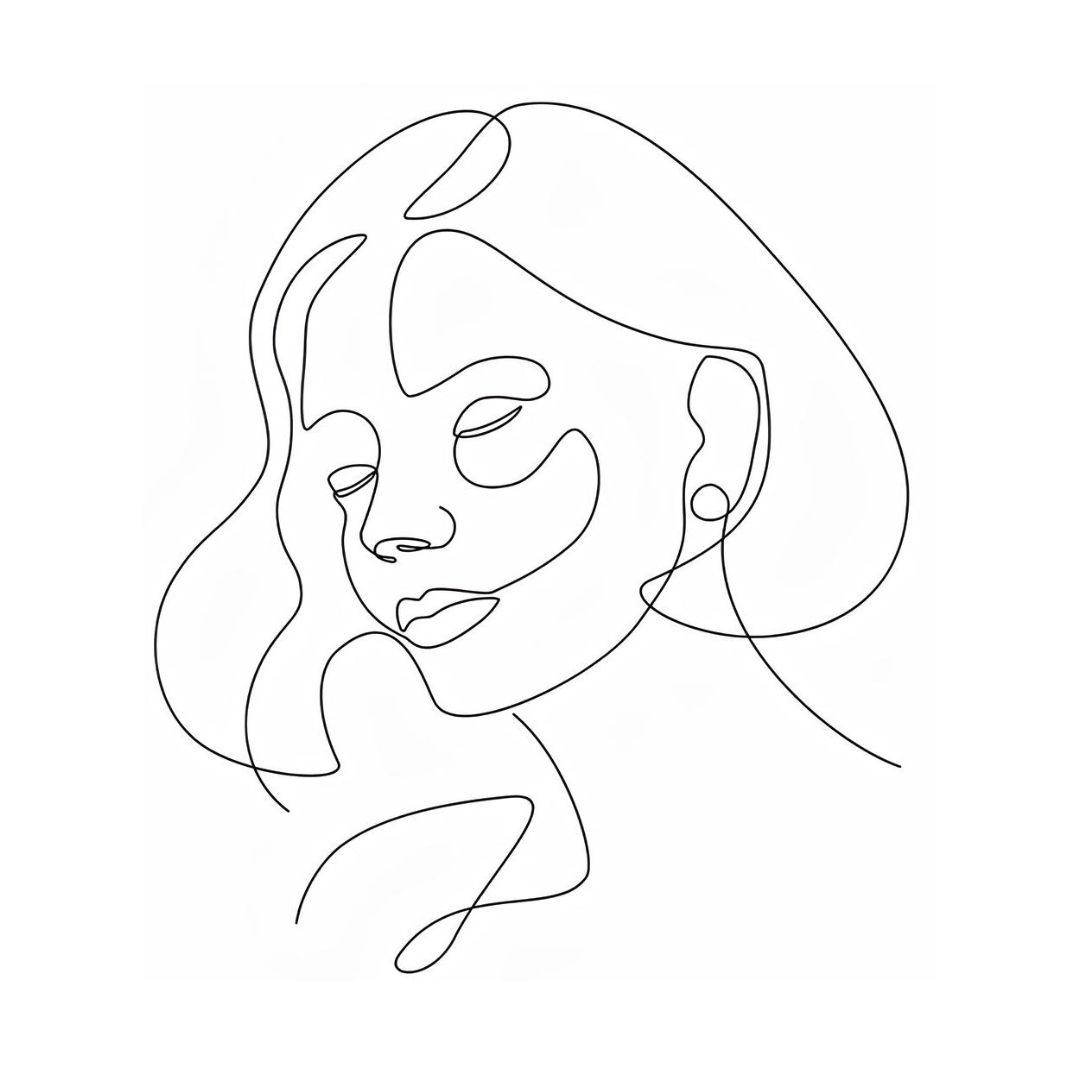
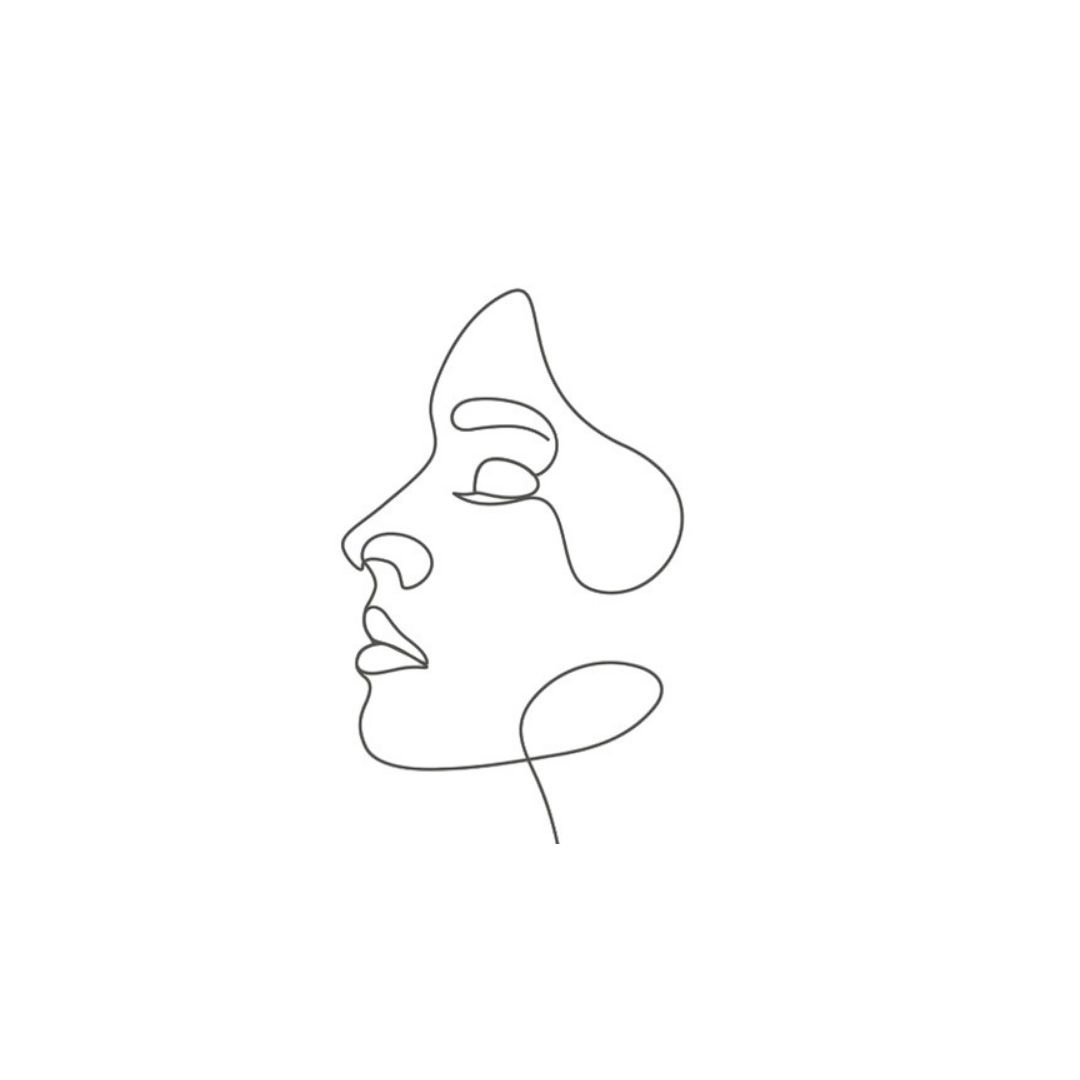
Under eye fillers, also known as tear trough fillers or under eye rejuvenation, are a type of dermal filler treatment used to address hollows, dark circles, or fine lines under the eyes. This procedure involves injecting a hyaluronic acid-based filler into the area to add volume, smoothen the skin, and restore a youthful appearance. The tear trough area is the groove that runs from the inner corner of the eye down towards the cheek. As we age, this area can become hollow, creating a tired or sunken appearance. Under eye fillers can help to plump and fill in this area, reducing the appearance of dark circles, wrinkles, and bags under the eyes. During the treatment, the Doctor will carefully inject the filler into the desired areas using a fine needle or cannula. The procedure typically takes around 15-30 minutes, and the results are immediate. There may be some slight swelling or bruising initially, but this usually subsides within a few days. The effects of fillers can last anywhere from six months to two years, depending on the individual and the type of filler used. Touch-up treatments may be required to maintain the results over time.
Chin fillers, also known as chin augmentation or chin contouring, are a type of dermal filler treatment used to enhance and reshape the chin. This procedure involves injecting a hyaluronic acid-based filler into the chin area to add volume, improve definition, and create a more balanced facial profile. Chin fillers can be used to address various concerns such as a weak or recessed chin, asymmetry, or chin wrinkles. The filler adds volume and structure to the chin, enhancing its shape and overall harmony with the rest of the face. During the treatment, a healthcare professional will carefully inject the filler into specific areas of the chin using a fine needle or cannula. The procedure typically takes around 15-30 minutes, and the results are immediate. There may be some slight swelling or bruising initially, but this usually subsides within a few days. The effects of fillers can last anywhere from six months to two years, depending on the individual and the type of filler used. Touch-up treatments may be required to maintain the results over time.

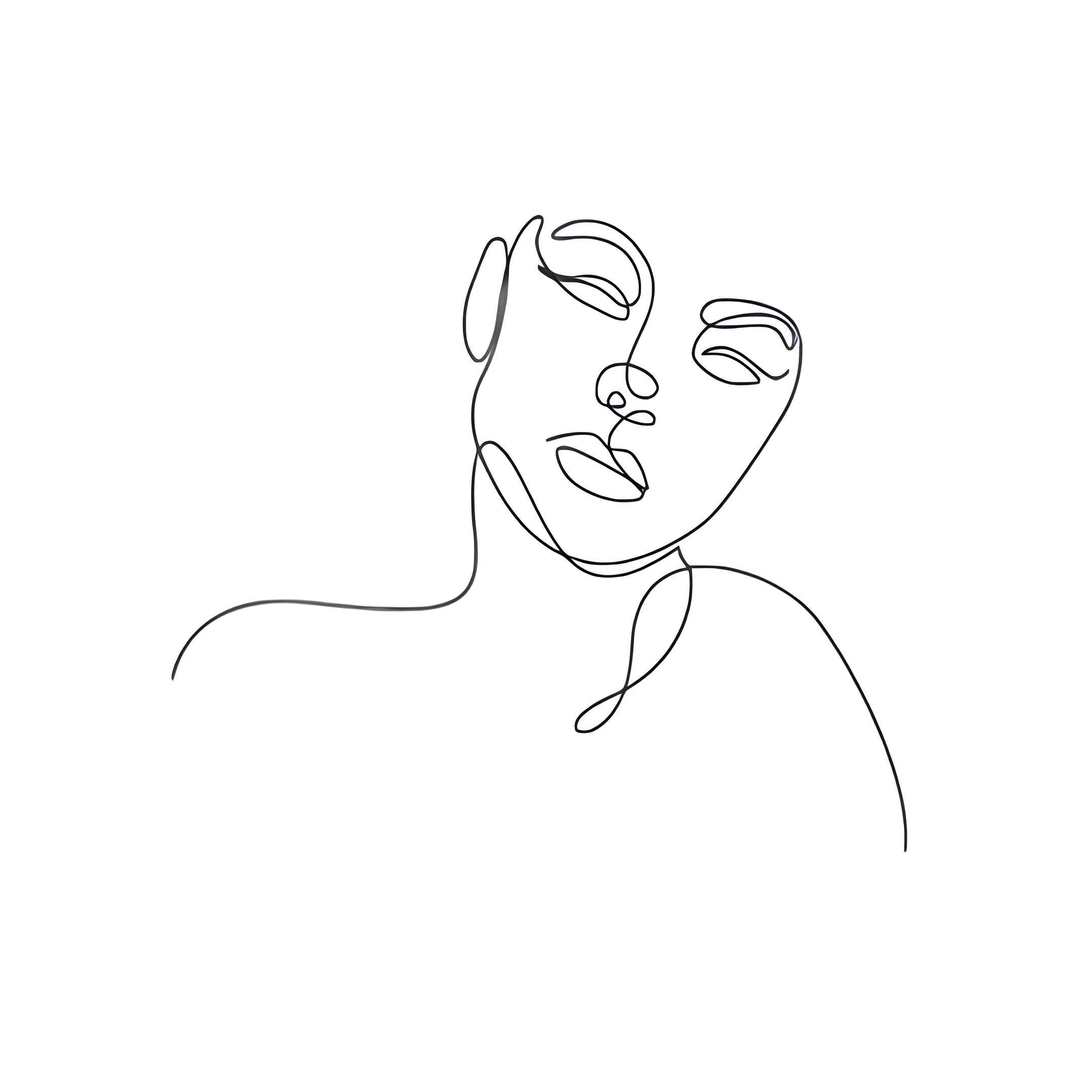
Dermal fillers can benefit a wide range of individuals who are seeking non-surgical cosmetic enhancements. Some common groups of people who may benefit from dermal fillers include:
1. Individuals with age-related volume loss: As we age, our skin gradually loses volume, resulting in sagging and the appearance of fine lines and wrinkles. Dermal fillers can replenish lost volume, restoring a more youthful and rejuvenated appearance.
2. Individuals with facial asymmetry: Dermal fillers can be used to correct facial asymmetry by adding volume to specific areas, improving symmetry and balance.
3. Individuals with thin lips: Dermal fillers can enhance the volume and shape of the lips, providing a fuller and more defined appearance.
4. Individuals with hollows under the eyes or sunken cheeks: Tear trough fillers can address under-eye hollows and volumize sunken cheeks, reducing the appearance of dark circles and restoring a plump, youthful look.
5. Individuals with a weak or recessed chin: Chin fillers can add volume and definition to the chin, helping to improve facial proportions, balance, and profile.
6. Individuals with deep lines or folds around the nose and mouth (nasolabial folds and marionette lines): Dermal fillers can fill in deep lines and folds, reducing their visibility and creating a smoother complexion.
7. Individuals with acne scars or other facial scars: Dermal fillers can help to smooth out the appearance of acne scars or other facial scars, improving texture and overall skin appearance. It's important to consult with a qualified healthcare professional to determine if you are a suitable candidate for dermal fillers and discuss the specific concerns you would like to address. They will assess your individual needs and develop a personalized treatment plan to achieve the best possible results for you.
Like any medical procedure, dermal fillers come with potential risks and side effects. While these are generally rare, it's important to be aware of them before undergoing treatment. Some potential risks and side effects include:
1. Injection-related reactions: After the injection, you may experience some common injection-related reactions such as redness, swelling, bruising, itching, or tenderness at the injection site. These are usually temporary and resolve on their own within a few days.
2. Infection: There is a small risk of infection at the injection site. It's essential to choose an experienced and qualified healthcare professional to minimize this risk. They will follow proper sterile techniques to reduce the chances of infection.
3. Allergic reactions: Although rare, some individuals may have an allergic reaction to the filler material. It's crucial to discuss any known allergies with your healthcare professional before the procedure.
4. Lumps or irregularities: Occasionally, fillers can create lumps or irregularities under the skin. These can often be corrected with massage, but in some cases, additional treatment may be necessary.
5. Migration or displacement: In rare cases, the injected filler material may migrate or move from the intended area. This can sometimes result in an asymmetrical appearance or unwanted volume changes. Choosing an experienced healthcare professional can minimize this risk.
6. Vascular complications: Although extremely rare, there is a risk of injecting fillers into blood vessels, which can cause tissue damage or blockages. This can lead to serious complications, including tissue death or vision loss. Choosing a trained and knowledgeable healthcare professional can greatly reduce this risk.
7. Granulomas or nodules: Rarely, the body may form small nodules or granulomas in response to the filler material. These can sometimes be felt or seen under the skin and may require additional treatment to address. While it is common to experience redness, swelling, pain, bruising, or tenderness at the injection site after a dermal filler application, these symptoms typically subside within 48 to 72 hours. Additionally, dermal fillers that are certified and FDA approved have a low risk of causing allergic reactions. It's crucial to consult with a qualified healthcare professional who has experience with dermal fillers to discuss your specific concerns, review any potential risks, and ensure that the procedure is appropriate for you. They will provide you with comprehensive information and answer any questions you may have before proceeding.
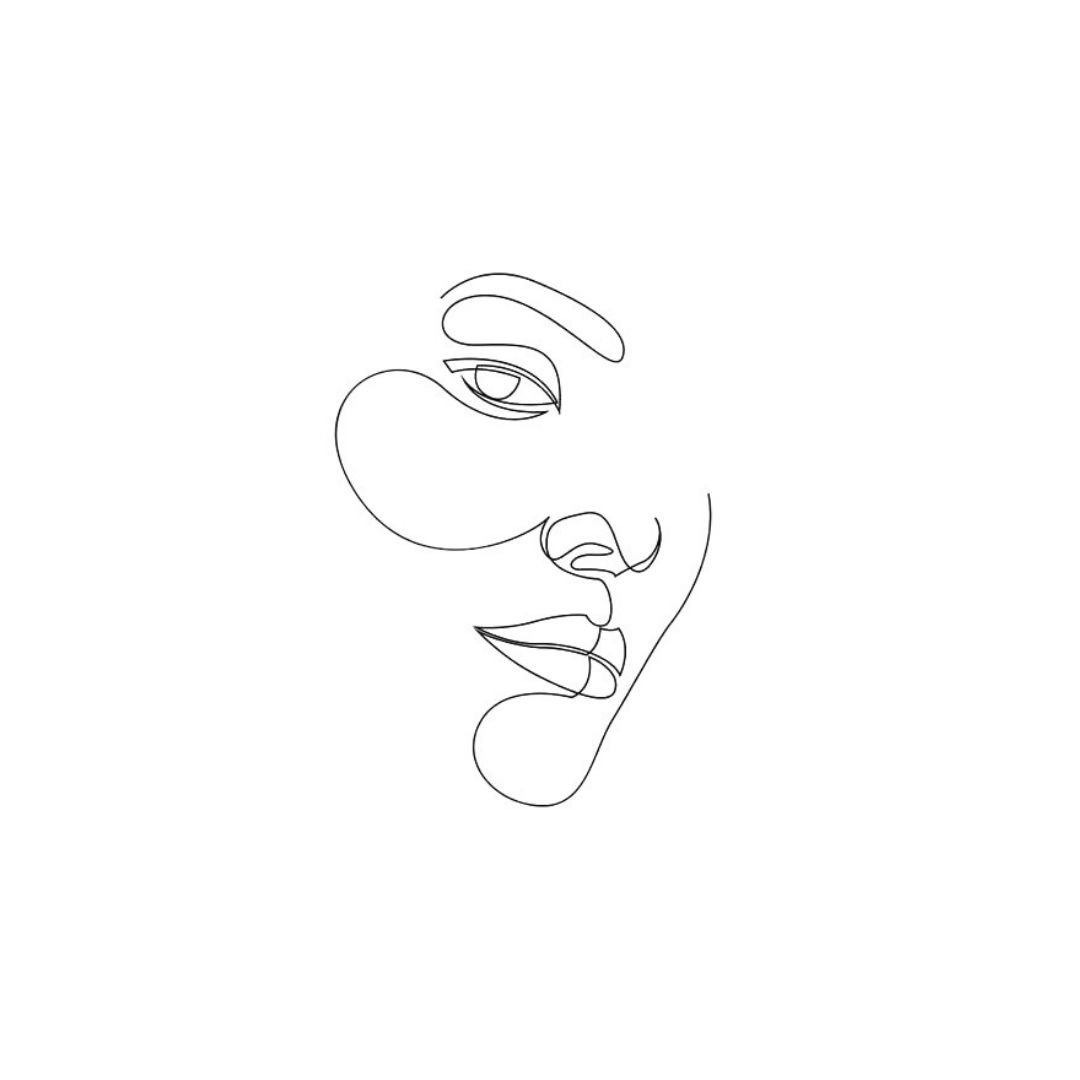
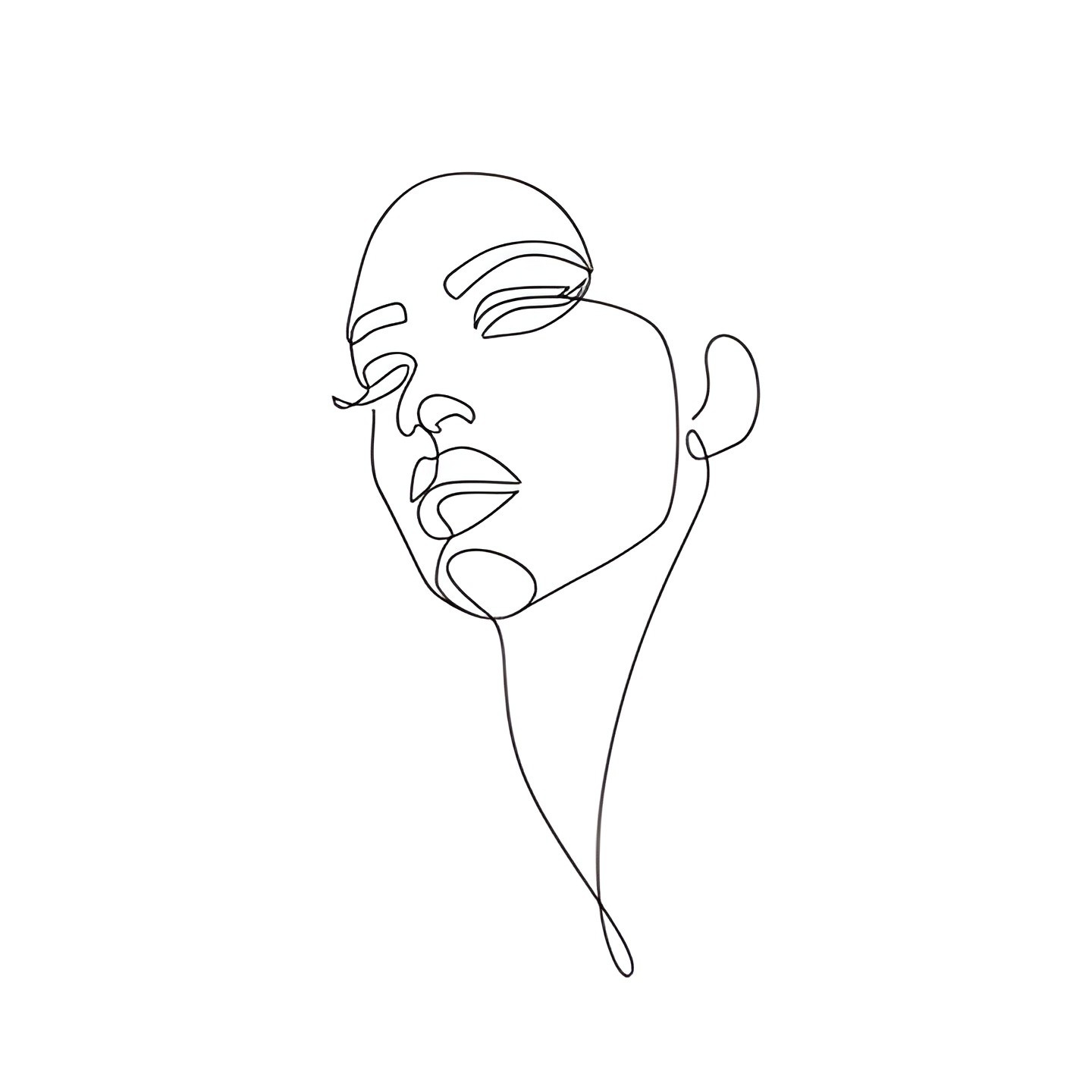
There are certain individuals who may not be suitable candidates for dermal fillers. This can vary depending on factors such as medical history, current health condition, and individual circumstances. Some common contraindications for dermal fillers include:
1. Pregnancy or breastfeeding: It is generally recommended to avoid dermal fillers during pregnancy or while breastfeeding, as there is limited research on the safety of fillers in these circumstances.
2. Allergies or sensitivity to filler ingredients: If you have a known allergy or sensitivity to any of the ingredients in the dermal filler, it is important to inform your healthcare professional. They can help you determine if an alternative filler option is available.
3. Active skin infection or inflammation: Having an active skin infection or inflammation at the treatment site may increase the risk of complications or hinder the desired outcomes. It is advisable to wait until the infection or inflammation has resolved before considering dermal fillers.
4. Autoimmune diseases: Individuals with certain autoimmune diseases, such as lupus or rheumatoid arthritis, may have an increased risk of complications and should consult with their healthcare professional before undergoing dermal filler treatments.
5. Recent cosmetic procedures or skin treatments: It is generally recommended to wait until any recent cosmetic procedures or skin treatments, such as laser treatments or chemical peels, have fully healed before considering dermal fillers.
6. Medications or medical conditions: Some medications and medical conditions may increase the risks associated with dermal fillers. It is important to disclose your complete medical history and current medications to your healthcare professional to determine if dermal fillers are appropriate for you. It is essential to consult with a qualified healthcare professional who specializes in dermal fillers to discuss your individual circumstances and determine if you are a suitable candidate for the treatment. They will conduct a thorough evaluation and guide you on the best course of action for your specific needs.
After having dermal fillers, there are several important things to consider:
1. Follow post-treatment instructions: Your healthcare professional will provide you with specific post-treatment instructions. It is crucial to follow these instructions carefully to ensure optimal results and minimize the risk of complications. This may include avoiding touching, massaging, or applying excessive pressure to the treated area for a certain period of time.
2. Expect temporary side effects: It is normal to experience some temporary side effects after dermal filler treatment. These may include redness, swelling, bruising, tenderness, and mild discomfort at the injection site. These side effects usually subside within a few days to a week. However, if you experience severe or prolonged side effects, it is essential to contact your healthcare professional.
3. Avoid certain activities: To minimize the risk of complications, it is advisable to avoid strenuous exercise, excessive sun exposure, saunas, steam rooms, and hot baths for a few days after the treatment. These activities can increase blood flow and lead to increased swelling or bruising at the injection site.
4. Be patient and allow for healing time: Dermal fillers may take some time to settle and achieve their final results. It is important to be patient and allow for the healing process. Results can vary, but you should start to see the full effects of your treatment within a couple of weeks.
5. Maintain a healthy skincare routine: To prolong the results of your dermal fillers, it is important to maintain a good skincare routine. This includes cleansing, moisturizing, and protecting your skin from sun damage.
6. Schedule follow-up appointments: Your healthcare professional may recommend scheduling a follow-up appointment to assess the results and address any concerns you may have. This will ensure that you are satisfied with the outcome and allow for adjustments, if necessary. Remember to consult with your healthcare professional for personalized post-treatment care instructions and guidance based on your specific situation.
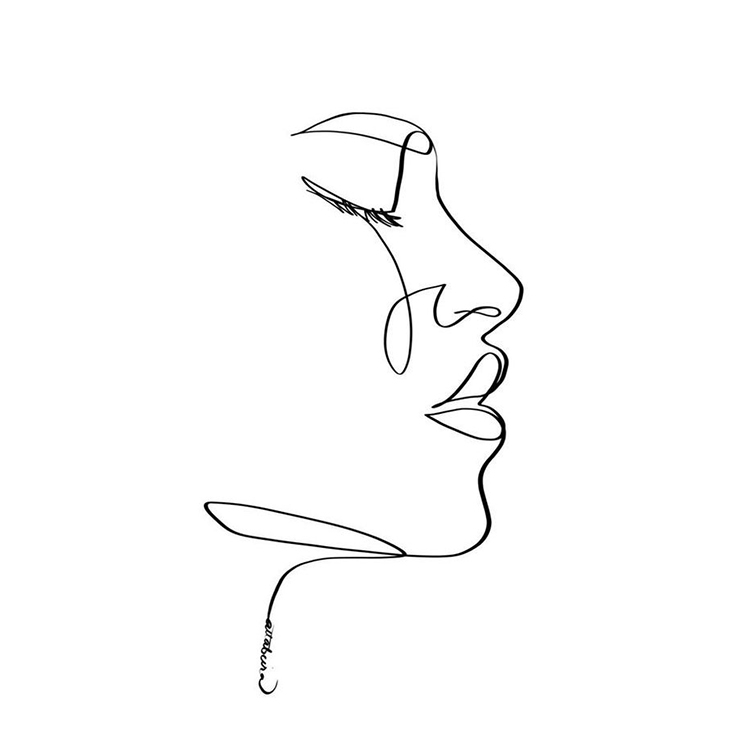
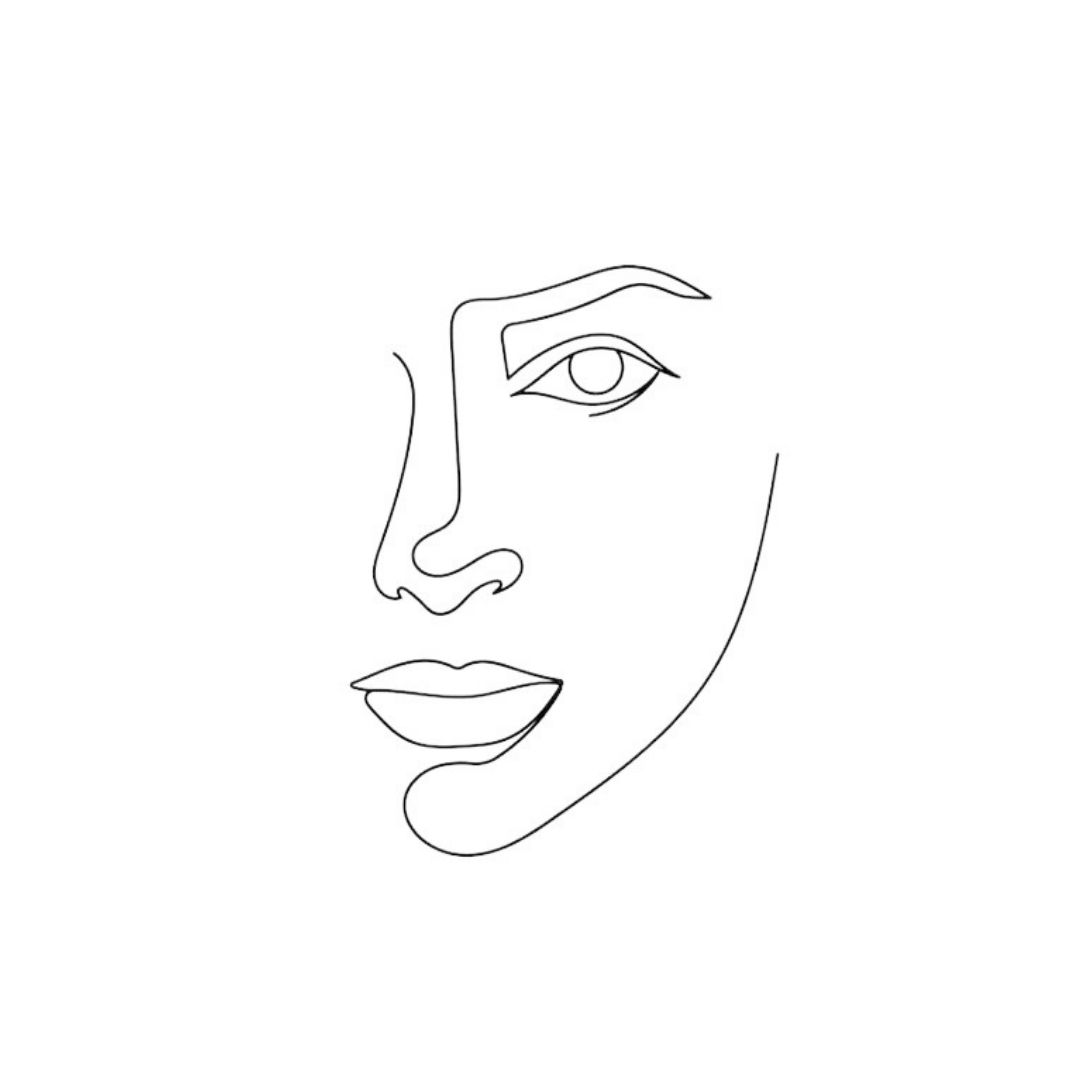
Yes, dermal fillers can be dissolved. The most common dermal filler used, hyaluronic acid (HA) fillers, can be dissolved using an enzyme called hyaluronidase. Hyaluronidase breaks down the HA filler, allowing it to be absorbed by the body and reversing the effects of the filler. If you are unhappy with the results of your dermal filler treatment, or if there are any complications, such as unevenness or excessive swelling, your healthcare professional can use hyaluronidase to dissolve the filler. The amount of hyaluronidase required and the length of time it takes to dissolve the filler can vary depending on the specific filler used and individual factors. It is important to note that not all fillers can be dissolved, and the availability of hyaluronidase may vary. Therefore, it is crucial to consult with a qualified healthcare professional who can properly administer and dissolve dermal fillers if needed. They will be able to discuss the options and guide you through the process.
Contact us on Whatsapp.
Scan it with your camera app or click the QR code to start a conversation.